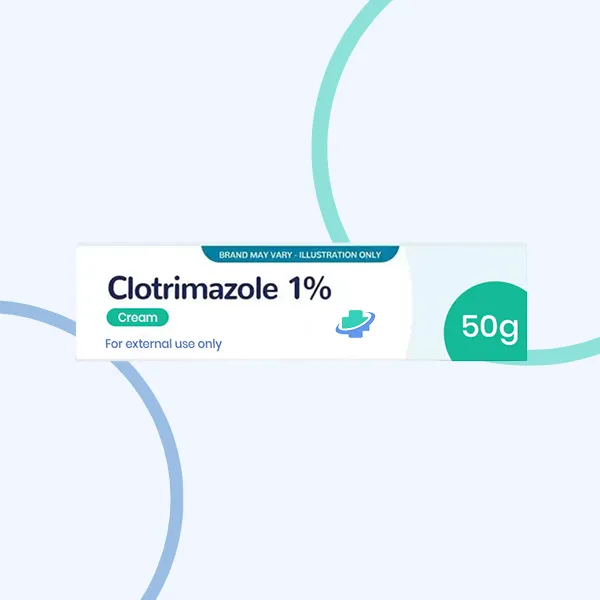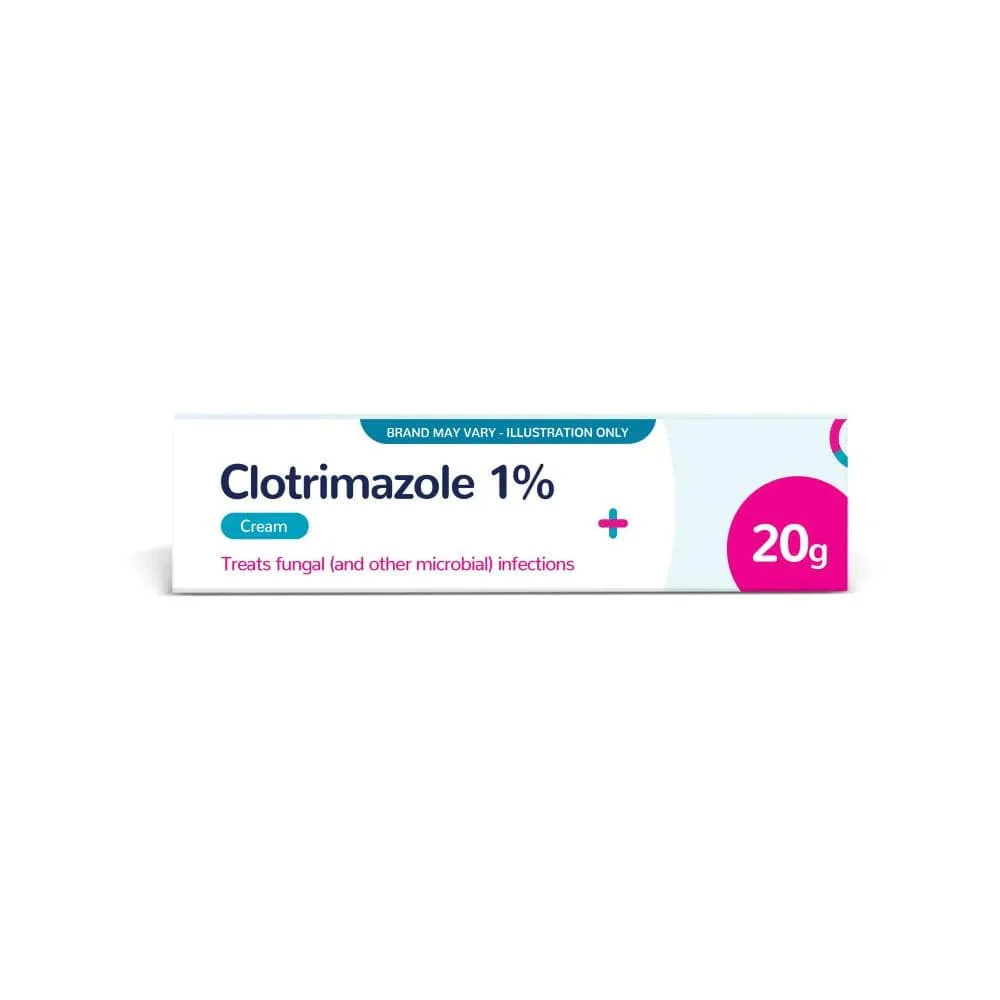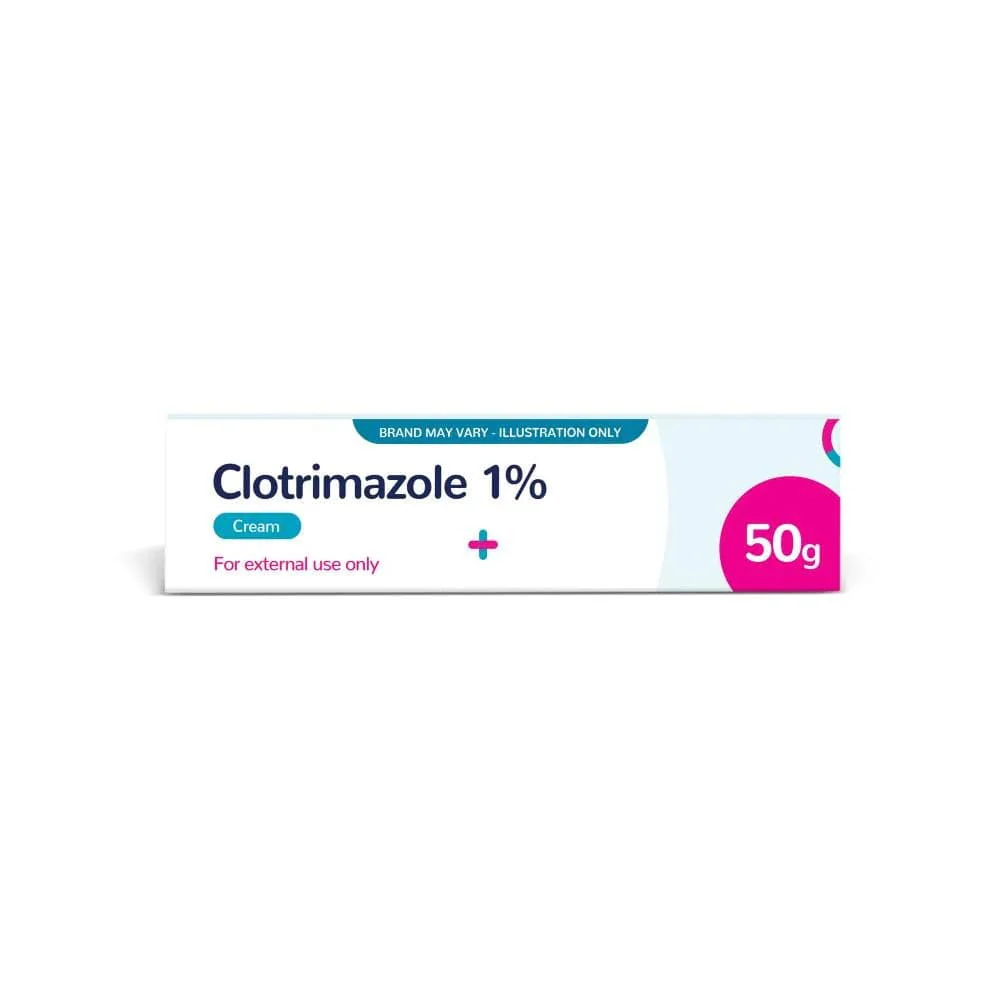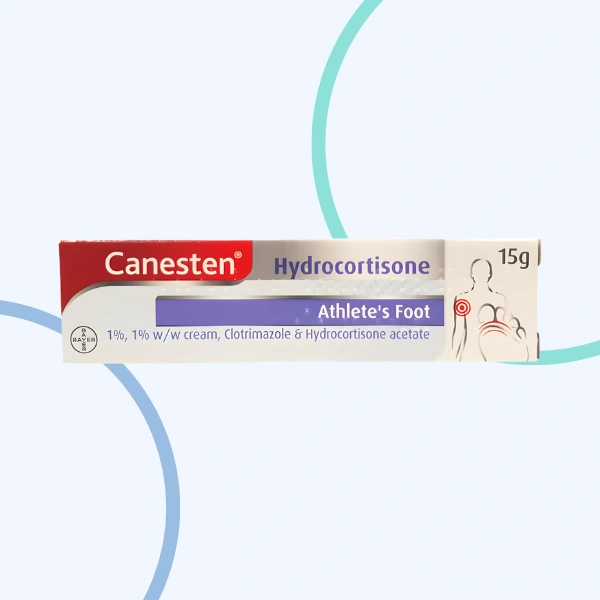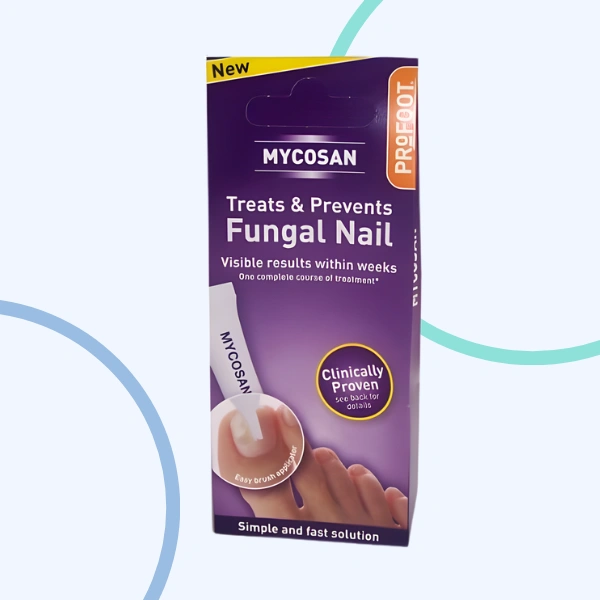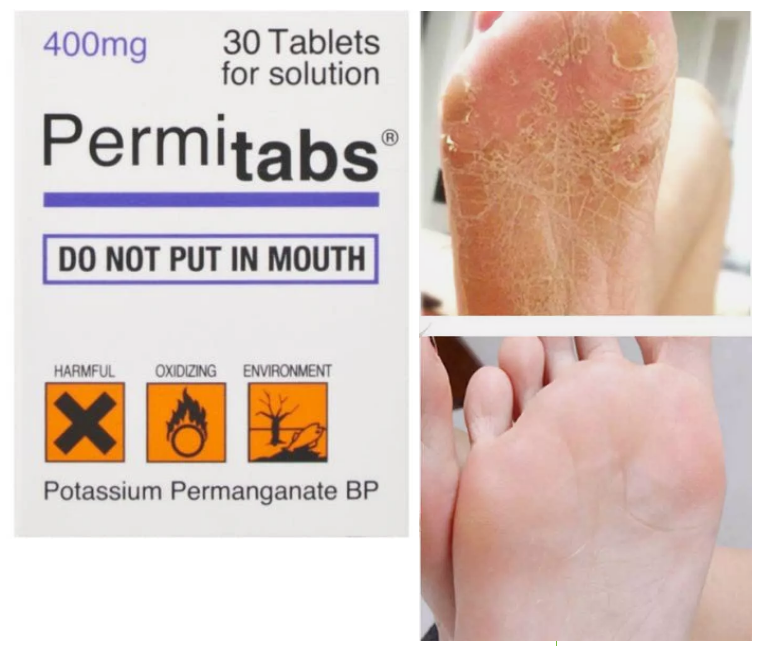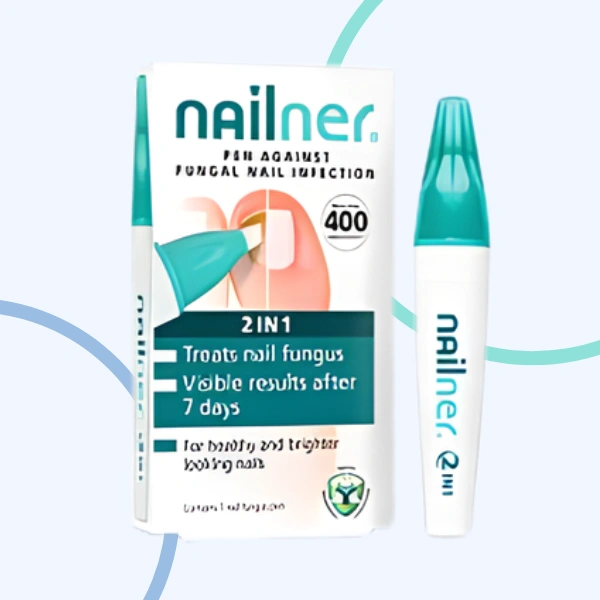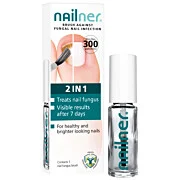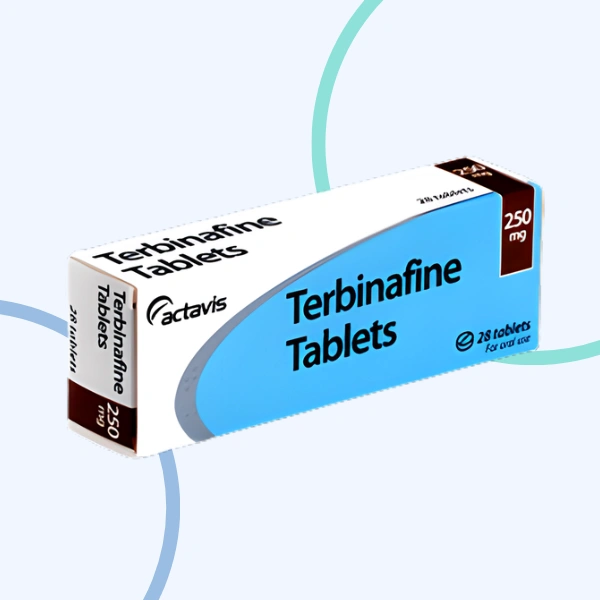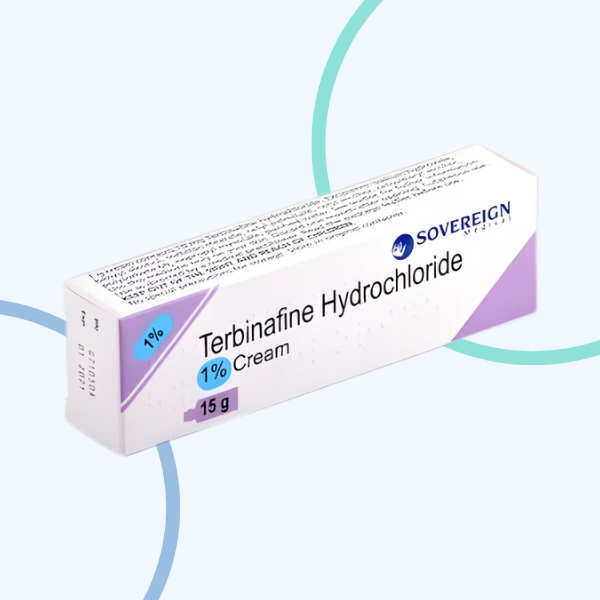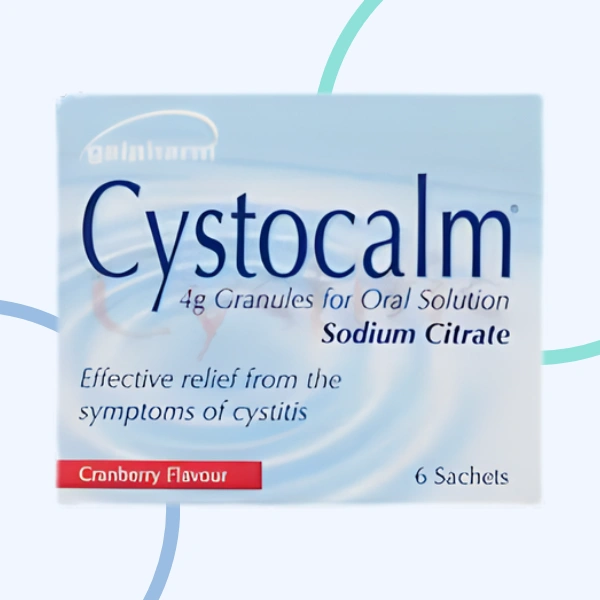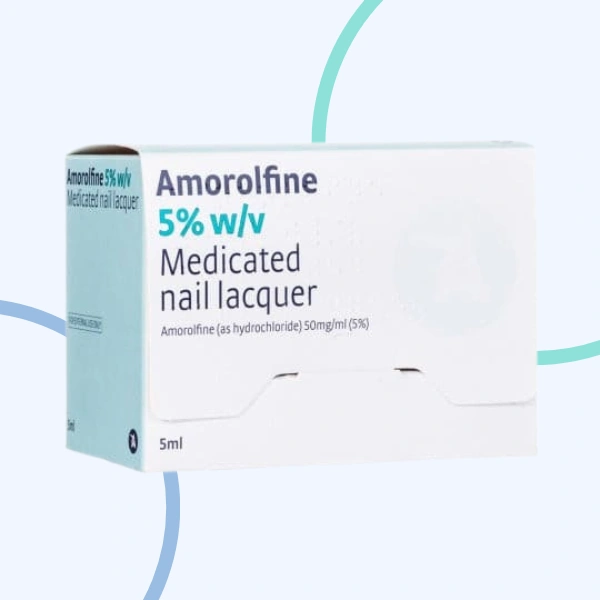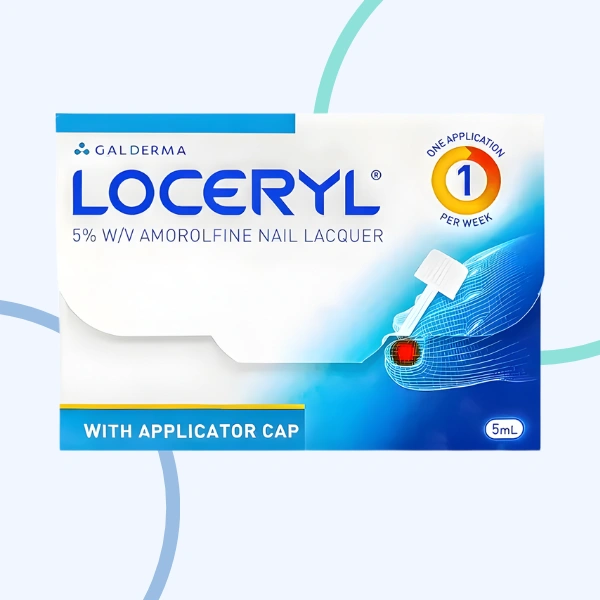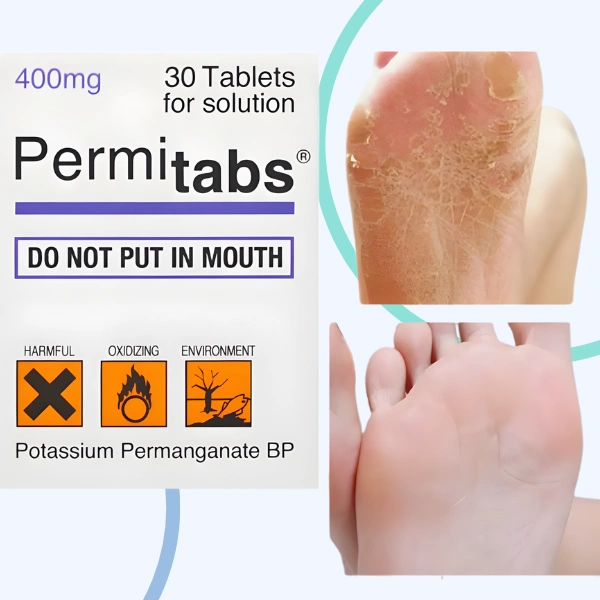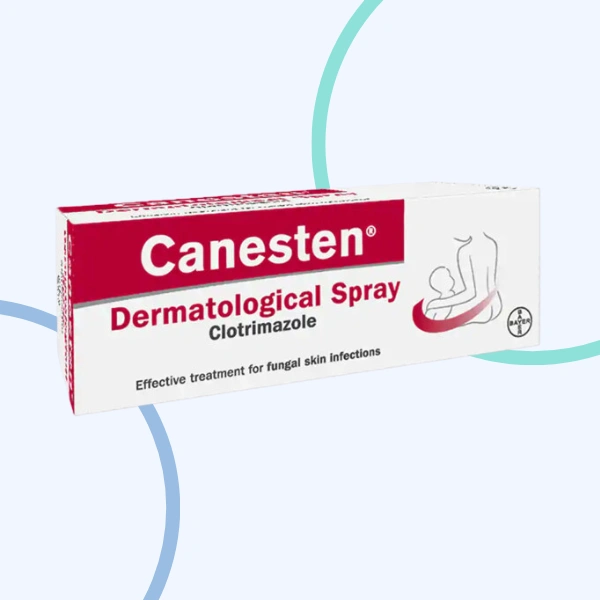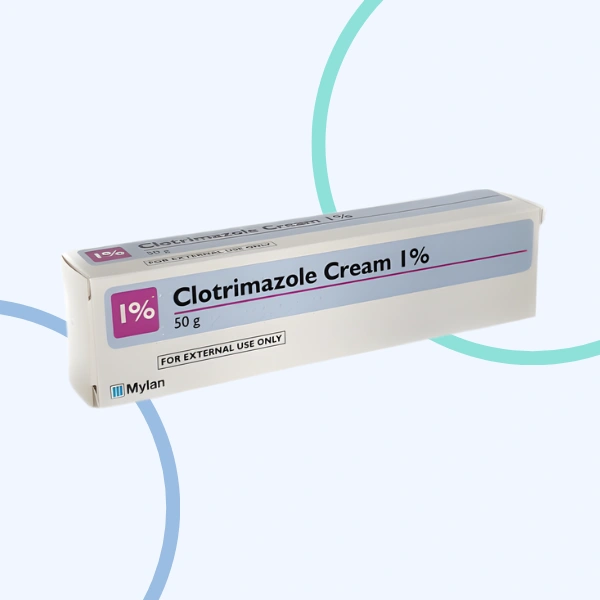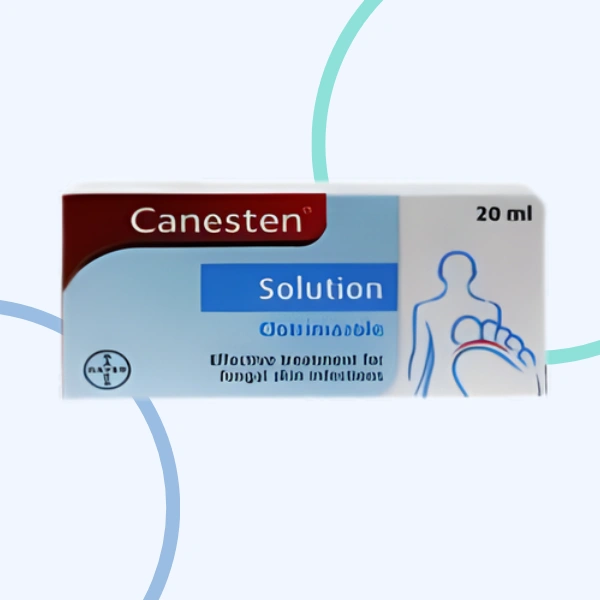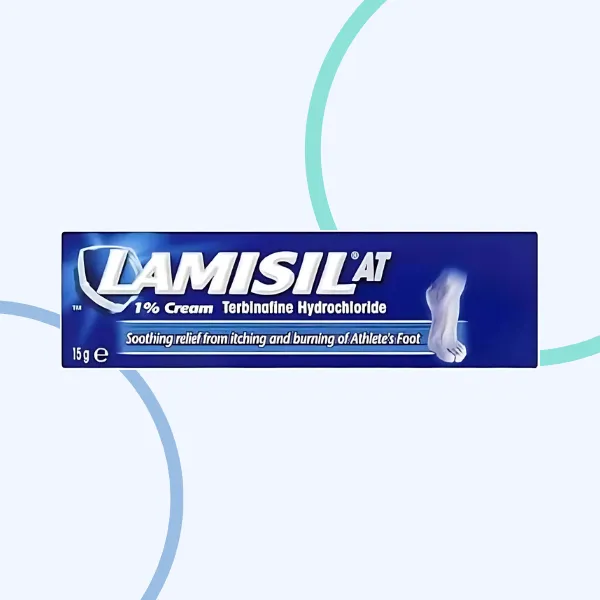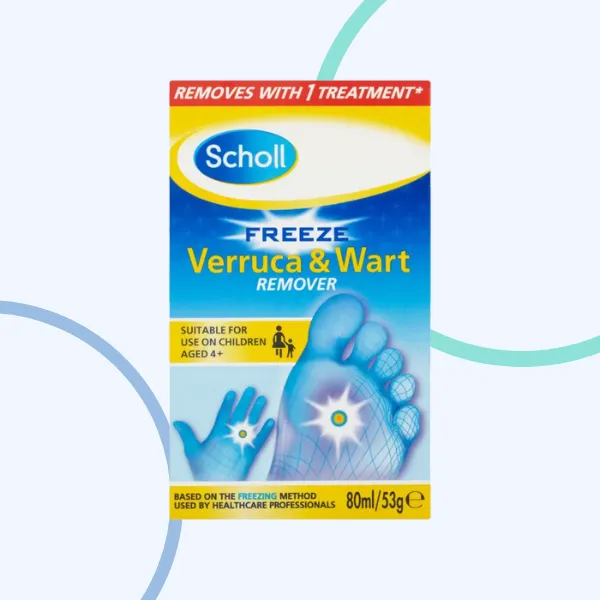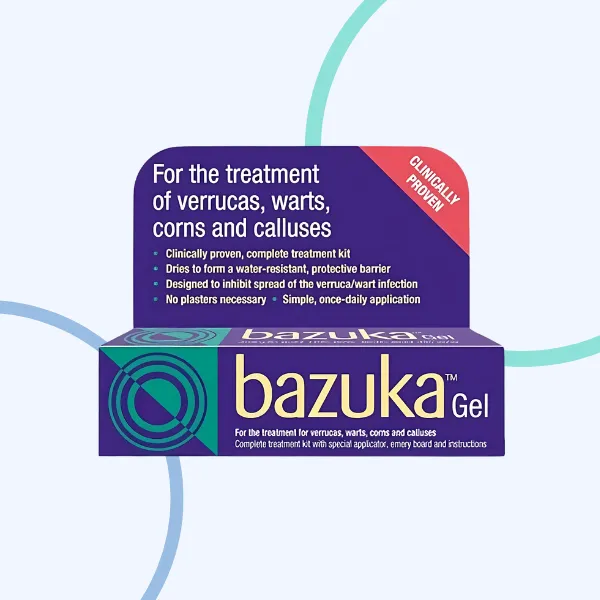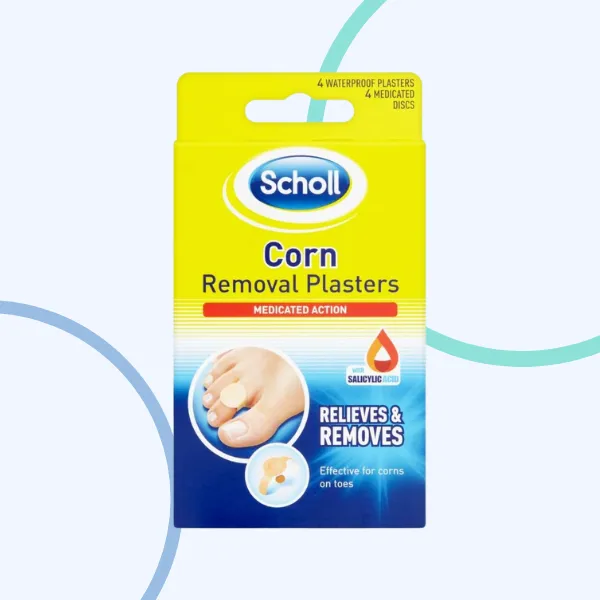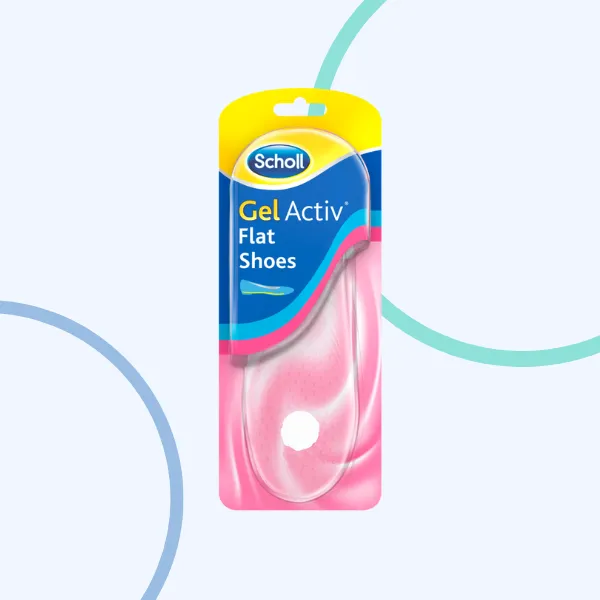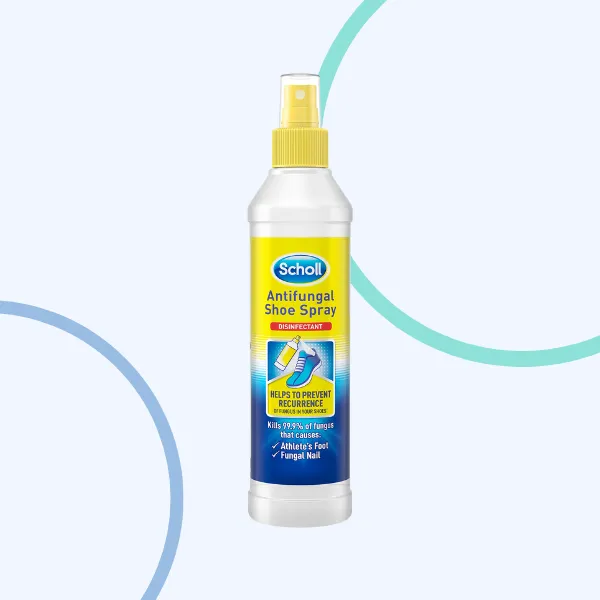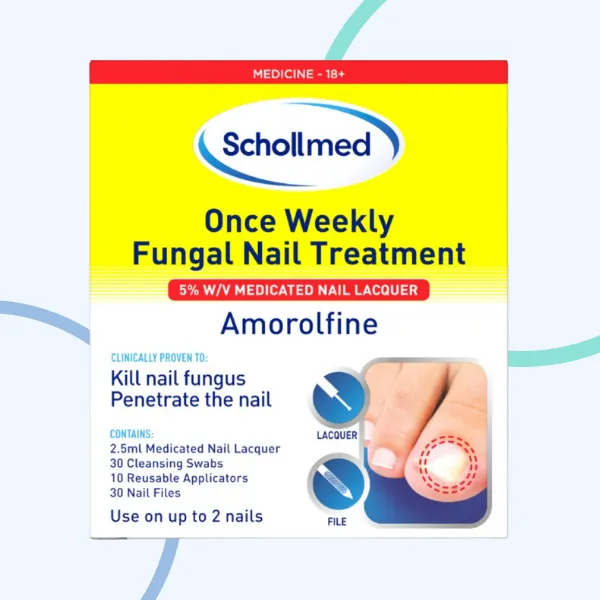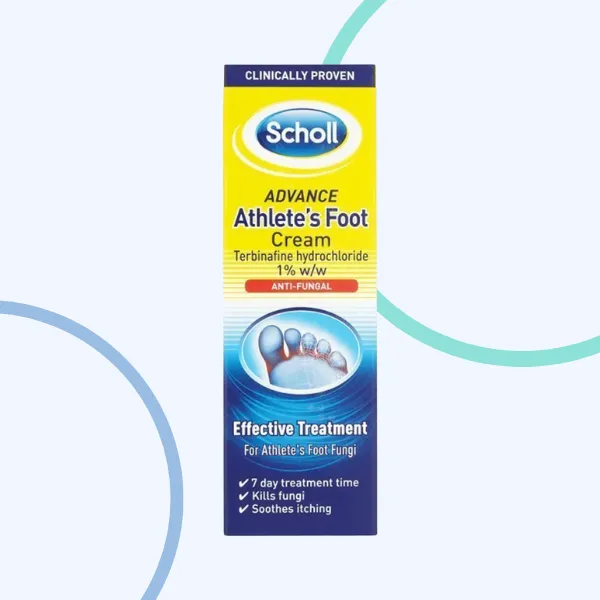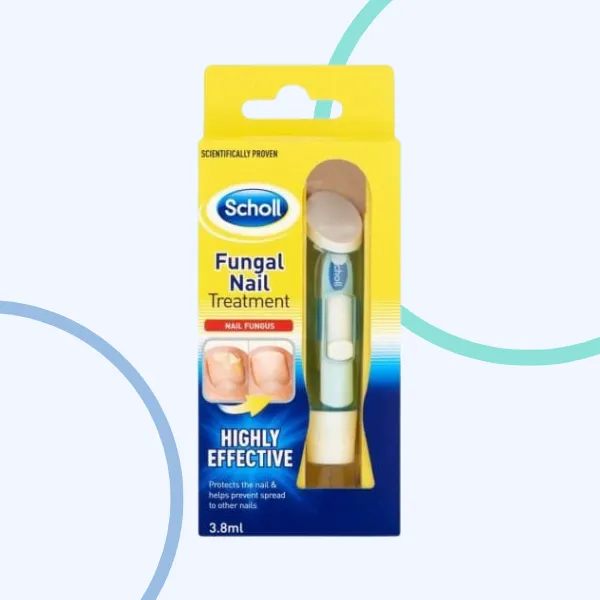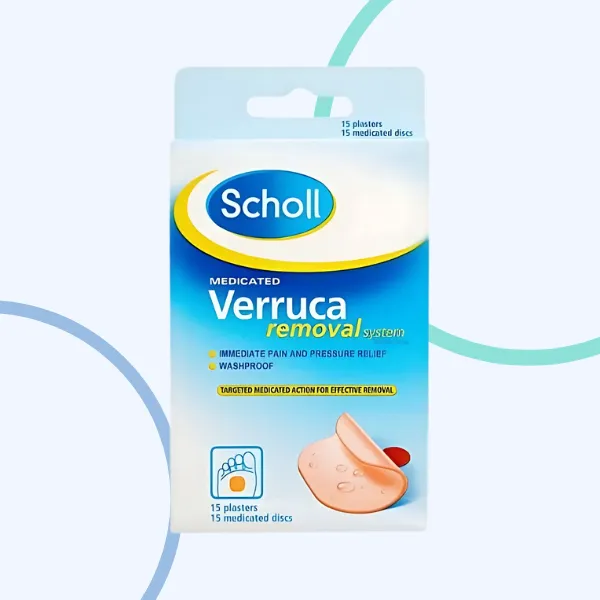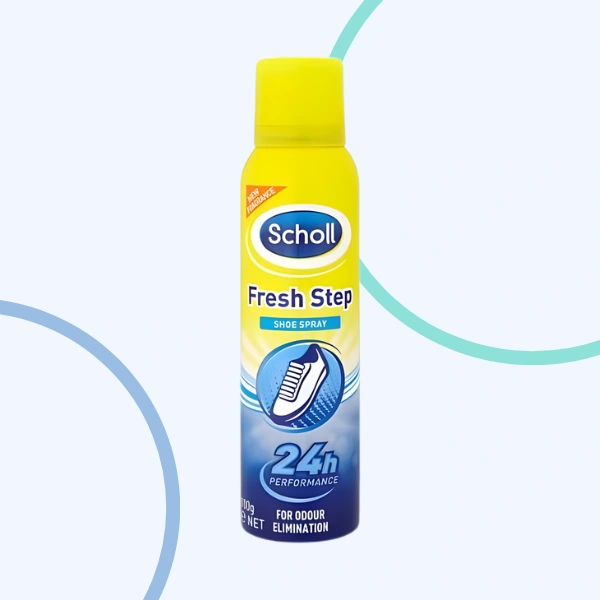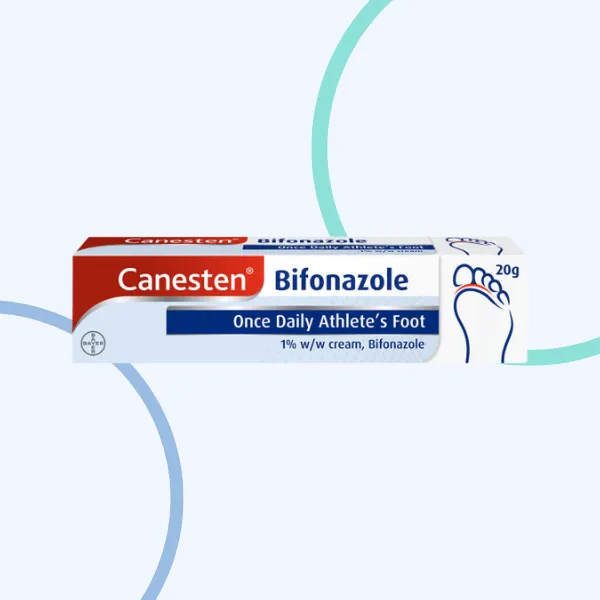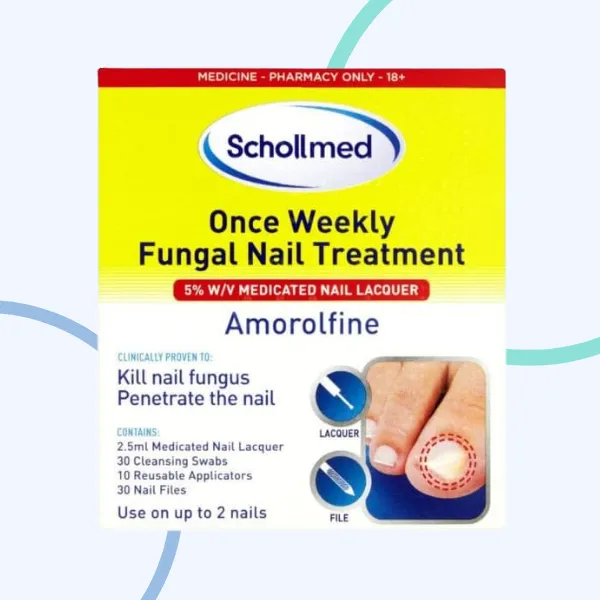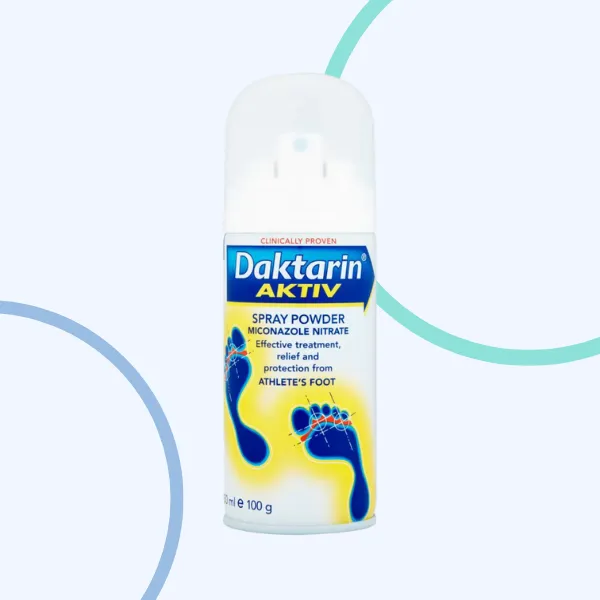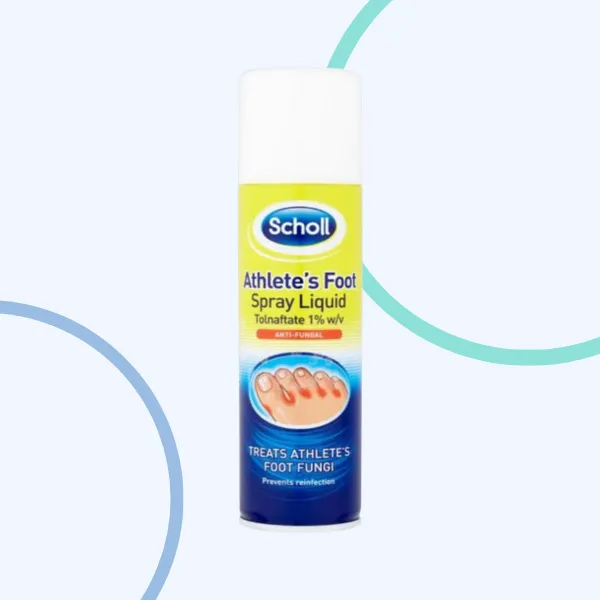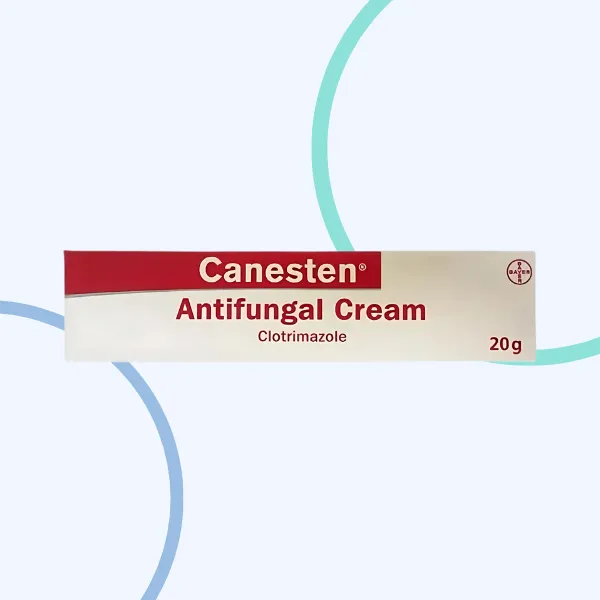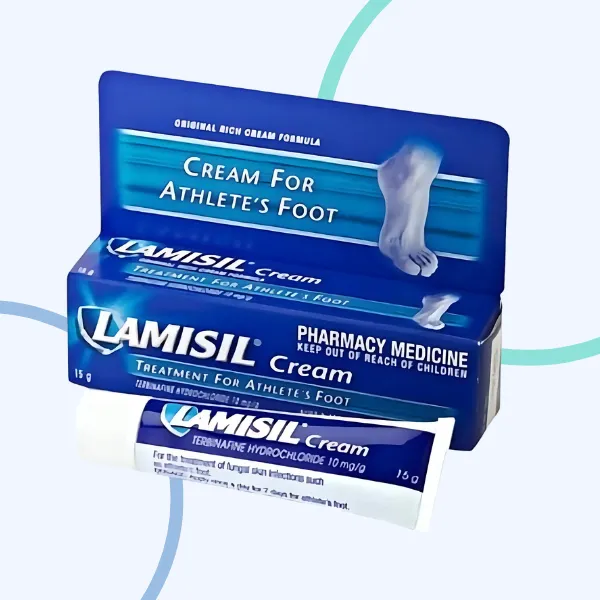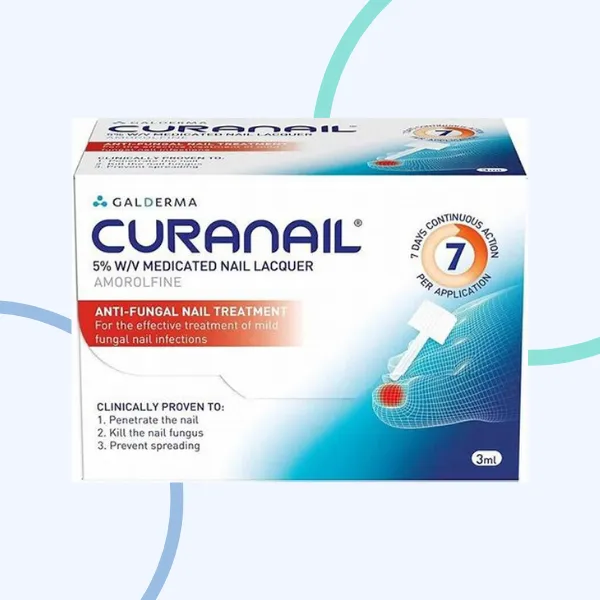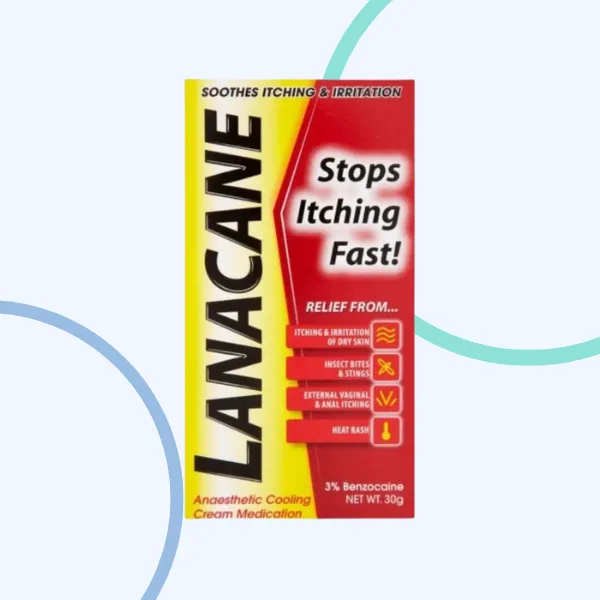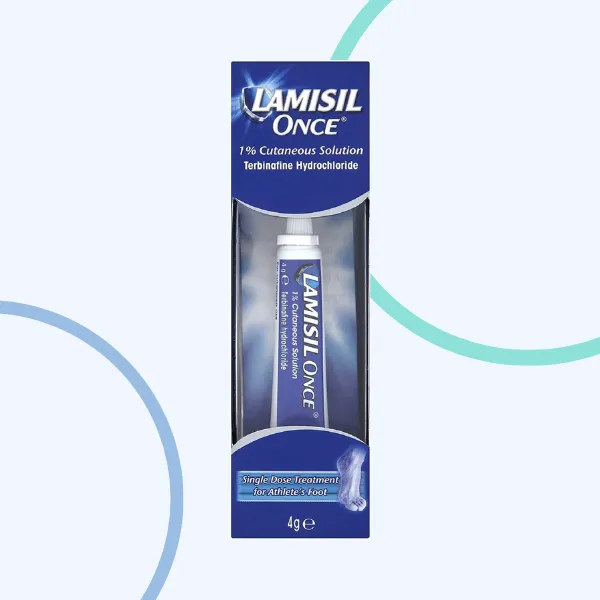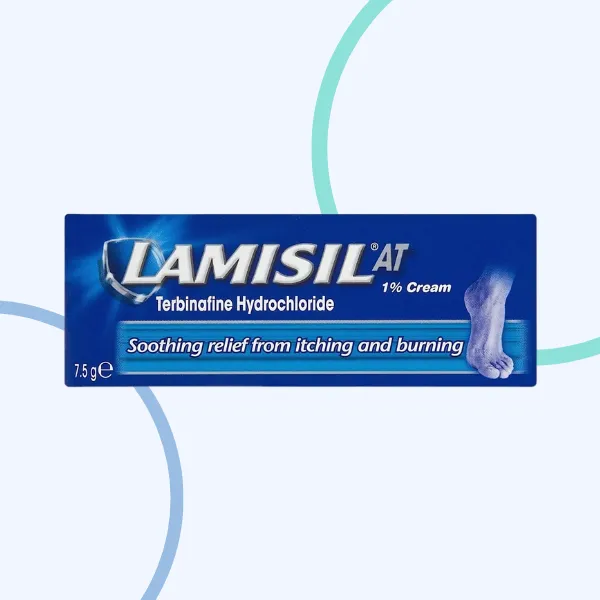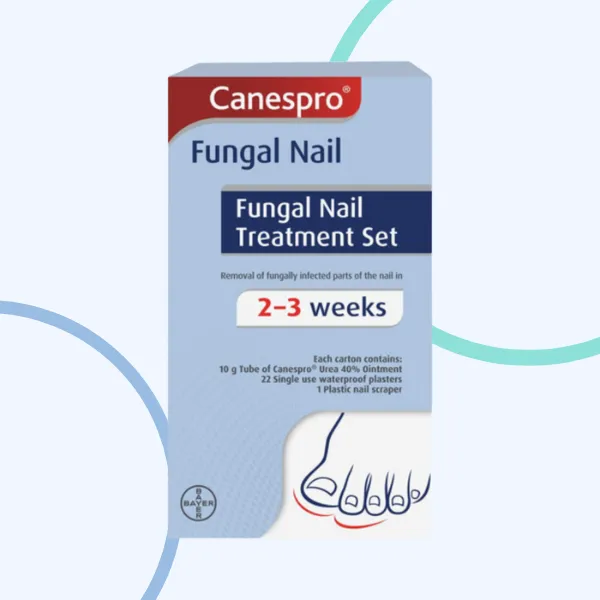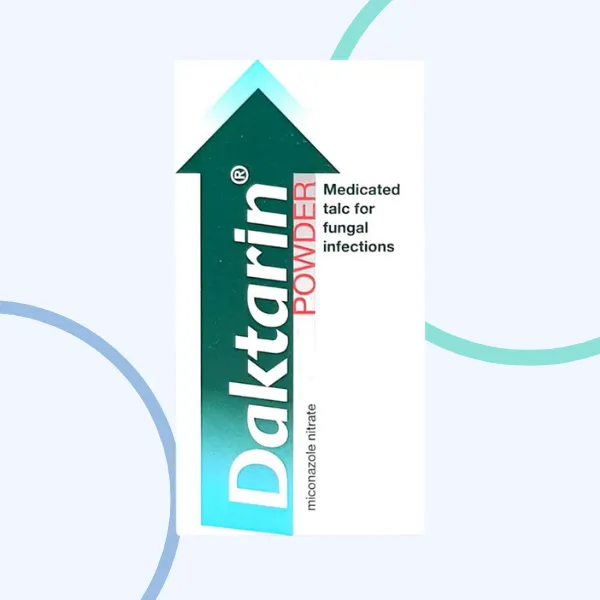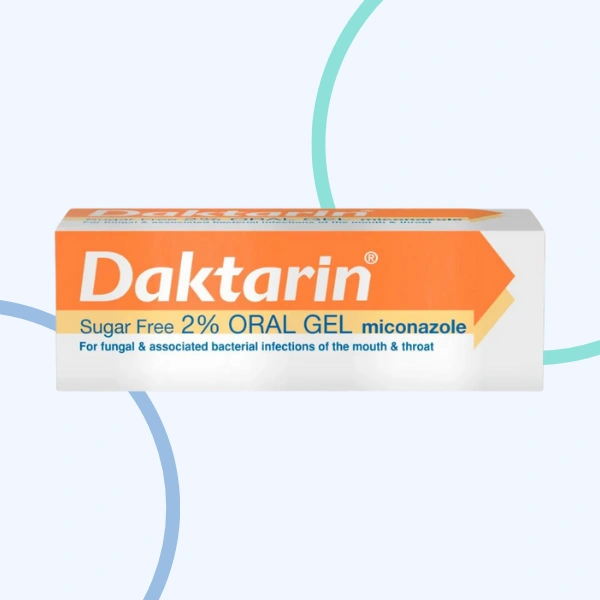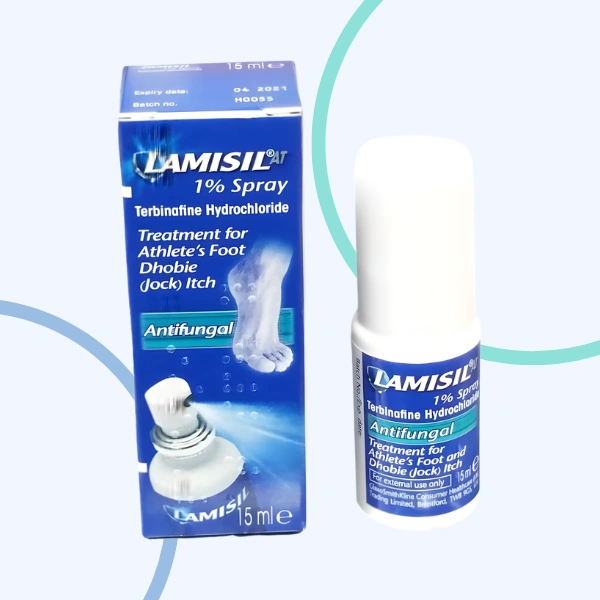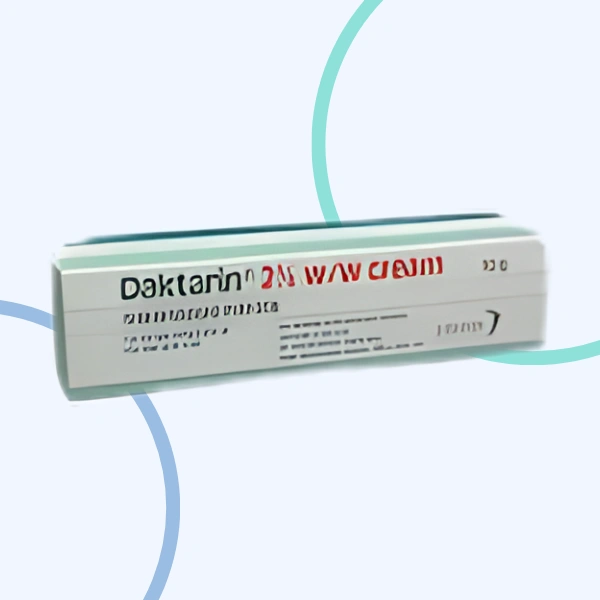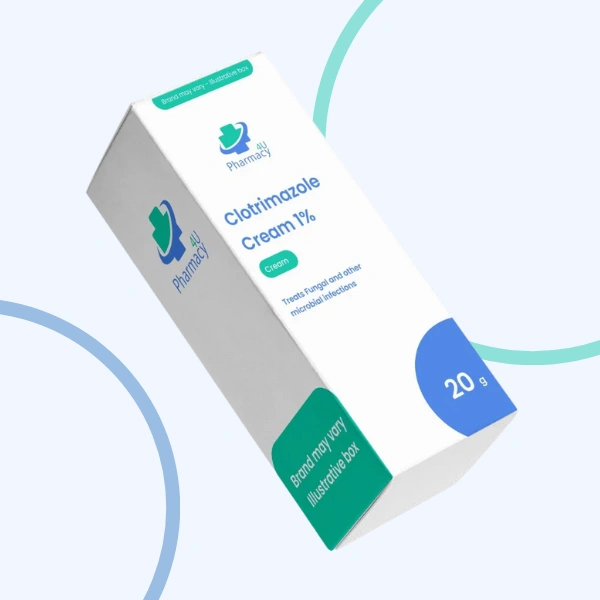Clotrimazole Cream 1% (20g & 50g Tube)
- Categories: General Health Fungal Infections
Guaranteed Safe Checkout
Clotrimazole Cream 1% (20g & 50g Tube)
Clotrimazole Cream 1% is a treatment cream for fungal skin infections. It’s a very effective antifungal cream, helping to ease symptoms like itching and irritation as it works to treat your infection at its source. Clotrimazole is a popular treatment as it can be used in adults and children for lots of different fungal infections and can be used alongside other treatments and medicines. If you’re looking for a simple remedy for thrush or other yeast infections, clotrimazole could be the perfect way to ease your symptoms. (Brand May Vary)
What can I use clotrimazole cream for?
Clotrimazole cream can be used for lots of different fungal infections. The most popular reasons why people use this antifungal cream include:
- Thrush, including vaginal and penile
- Athlete’s foot
- Ringworm
- Fungal sweat rash
- Fungal nappy rash
What is thrush?
Thrush is a common fungal infection that happens when the balance of good and bad bacteria in your body has been disturbed, giving fungi called candida the chance to thrive and cause infection. The most common places you can experience thrush are in the vagina, the mouth (oral thrush), and the penis. When you have vaginal thrush, you’ll normally experience irritation, itching, and redness around your vagina, accompanied by a discharge that looks a bit like cottage cheese. Thrush is usually nothing to worry about and can go away within a week when treated properly.
How will clotrimazole 1% treat my thrush or yeast infection?
Clotrimazole 1% cream is an antifungal cream which is part of a group of medications known imidazoles. Clotrimazole works by destroying the fungi, which are also known as yeast, that are causing your infection, wherever they may be. This makes clotrimazole cream an effective treatment for lots of different fungal infections throughout the body, including thrush, athlete’s foot, and ringworm.
Can I use this product if I’m pregnant or breastfeeding?
If you’re pregnant or breastfeeding you may still be able to use clotrimazole cream. However, you should speak to your doctor or pharmacist before using this product, so you can be sure that it is safe for both you and your baby. Always follow the instructions given to you by medical professionals carefully. If your doctor tells you that you can use clotrimazole when you’re breastfeeding, take care not to get the cream onto your breasts before feeding your child.


 Weight Loss
Weight Loss
